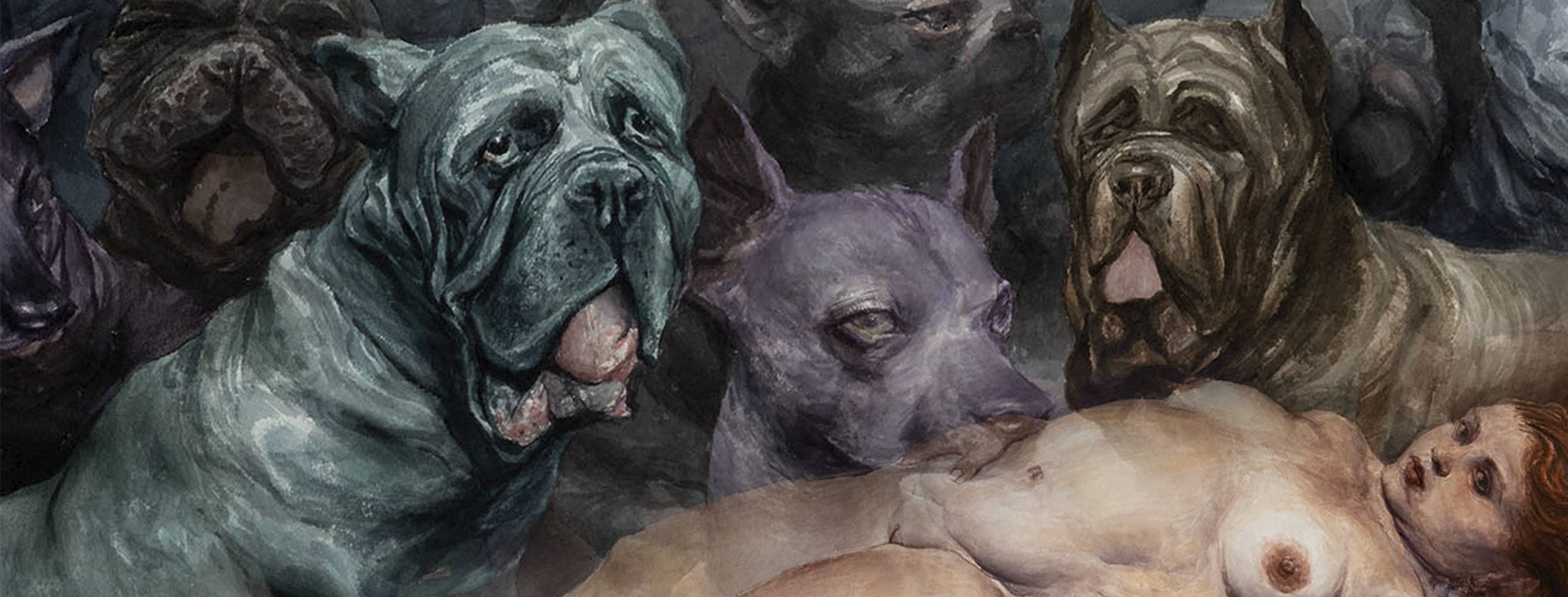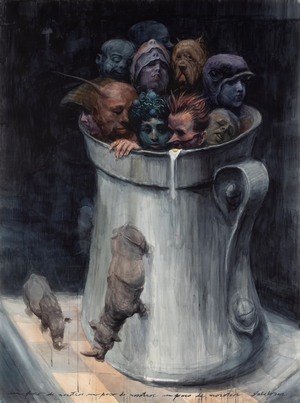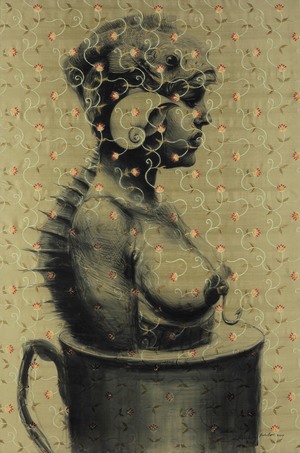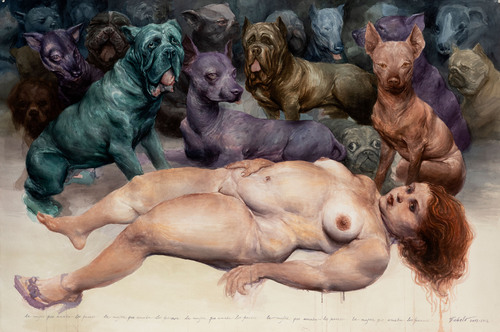Roberto Fabelo and the aesthetics of the grotesque

The draftsman par excellence of Cuban art Roberto Fabelo has established himself as a worthy continuation of the long artistic tradition developed around an aesthetic of the grotesque.
“There is a poetry of the rare and a beauty of the rare” Roberto Fabelo
In the history of art, there is an aesthetic founded on the idea of the beautiful and the grotesque, an a priori antagonistic pairing that, however, is clearly indivisible. From the origins of artistic and literary practice, The grotesque has been one of the greatest sources that nature has been able to offer to artistic creation , through which some of the most brilliant reflections and metaphors in relation to the human condition and existence have been constructed. One only has to think of the monstrous faces of Da Vinci, the jesters of Velázquez, the black paintings of Goya, or the tremulous nudity of Francis Bacon, to verify that, even with a diversity of connotations, there are common themes to which art always It has turned over artistic periods and trends.
In this sense , the persistence of the theme of the grotesque in art is a reflection of our own history as a civilization, whose story, plagued by episodes linked to madness, poverty or violence, make the grotesque an imperishable element intimately linked to Our culture. Art, then, does not invent the conception of the grotesque, but instead, using a reality common to human beings, it imbues us in a juice of mirrors, which confronts us with our own monsters. Likewise, the multiple readings that underlie the concept of grotesque indicate a metamorphic nature that, as in the case of beauty, evolves in parallel with its time.
Faced with its ambivalent aesthetics, it is inevitable to lose sight of the border line that separates repulsion from attraction where the usual order by which we are governed does not reach our understanding. And it is precisely in this uncertainty where the power of attraction of the grotesque exerts its greatest influence.
This feeling is precisely the one exerted by Fabelo’s work, whose superreal, dreamlike and unfathomable universe, inhabited by fantastic and monstrous creatures, exerts on the viewer a power of attraction that is as disconcerting as it is captivating. In the grotesqueness of Fabelo, the influence of two great masters such as Velázquez and Goya can be guessed, but also of the Cuban pictorial tradition together with certain elements from surrealism and the crudest expressionism through which he forms a parallel world, whose codes escape to our reasoning, sowing endless contradictory reactions, doubt, mystery, empathy.
Deformed beings, humanoid insects and an extensive multiform bestiary, coexist in his grotesque and avernic imaginary together with delicate and beautiful mermaids in what seems to be a great utopian metaphor of human existence, where the artist cries out for the need to build a plural and harmonic society on a universal scale as the only solution to the decadence of a human being, increasingly disconnected from his true animal essence.
The most daring and bizarre aspect of the Cuban artist is possibly also the most sincere and admired both by critics and by great collectors. Symptoms of this are the amazing results that this type of production, dominated by what we could call a beauty of the grotesque, achieves in the international market, thus ratifying the powerful influence and fascination that the irrational and unknown exerts on the viewer.








